AMERICAN WOOLY

This is a great pattern for late fall. It can be used anywhere in the country. Bump it off logs or stones, or toss in into that pocket water under an overhanging tree branch. Not only do big trout love it, but it can be tied in smaller sizes for pan fish or in larger sizes for bass. Trim the bottom of the hackle for a lower profile.
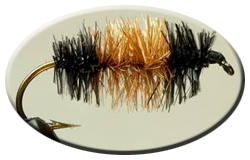
Materials:
- Hook: Mustad #94831 Size: 6XL
- Thread: Black, 6/0
- Body: Black Hackle, Brown Hackle, Black Hackle
Tie is a good base of black thread the full length of the shank.
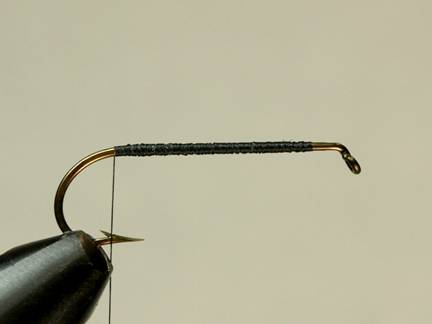
Tie in you black hackle. You are going to run it forward from the bend in the hook, ¼ the length of the shank of the hook. Tie your hackle(s) as tight and heavy as possible.
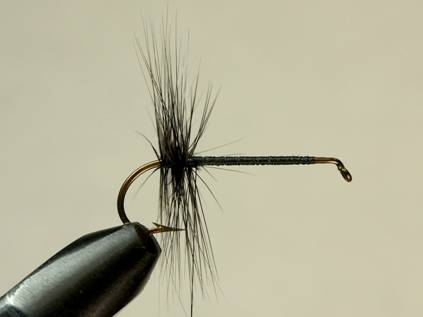
Now tie in your brown hackle for the next ½ the length of the hook shank. As with the black hackle, it will probably require several to complete the necessary length.
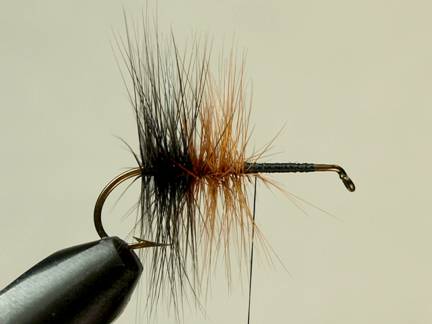
Once you completed tying in the brown hackle, add another black hackle and continue tying, as heavy as possible for the last ¼ length of the hook shank.
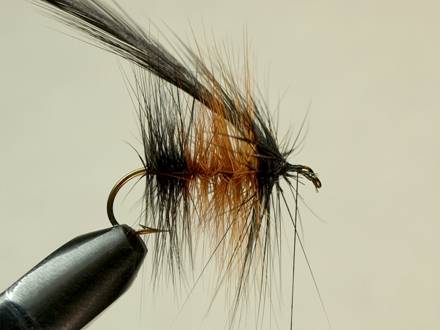
Tie in the head, trim the thread and add head cement.
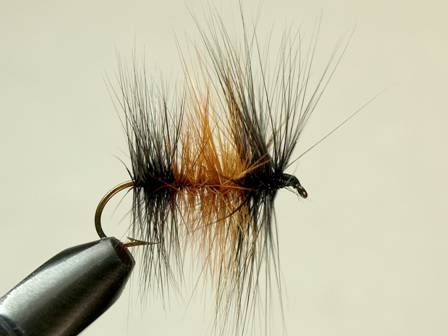
Trim your fly to resemble the shape of a caterpillar.
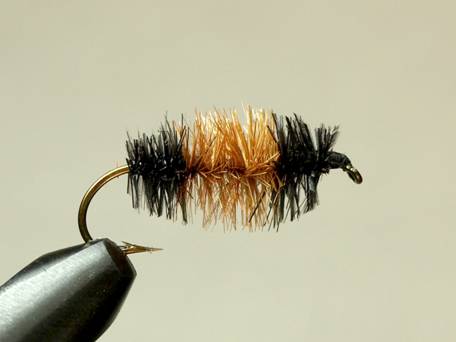
Found virtually every where in North America is the Woolly Worm or Banded Woolly Bear (Pyrrharctia isabella). It is the larvae of the Isabella Tiger Moth. The larvae feed on weeds, clover, violets and dandelions and other herbaceous plants. Their presence is extremely noticeable in the late weeks of October.Every where my travels have taken me I’ve found them along the banks of rivers and streams.
‘Woolly’ patterns are not new to fly fishermen but, most of the existing patterns are wet flies. But, why not a dry? That was the object of my creation --- high, dry and irresistible to trout,
For more great info, check out:
Beginning Fly Tying | Intermediate Fly Tying | Advanced Fly Tying.
